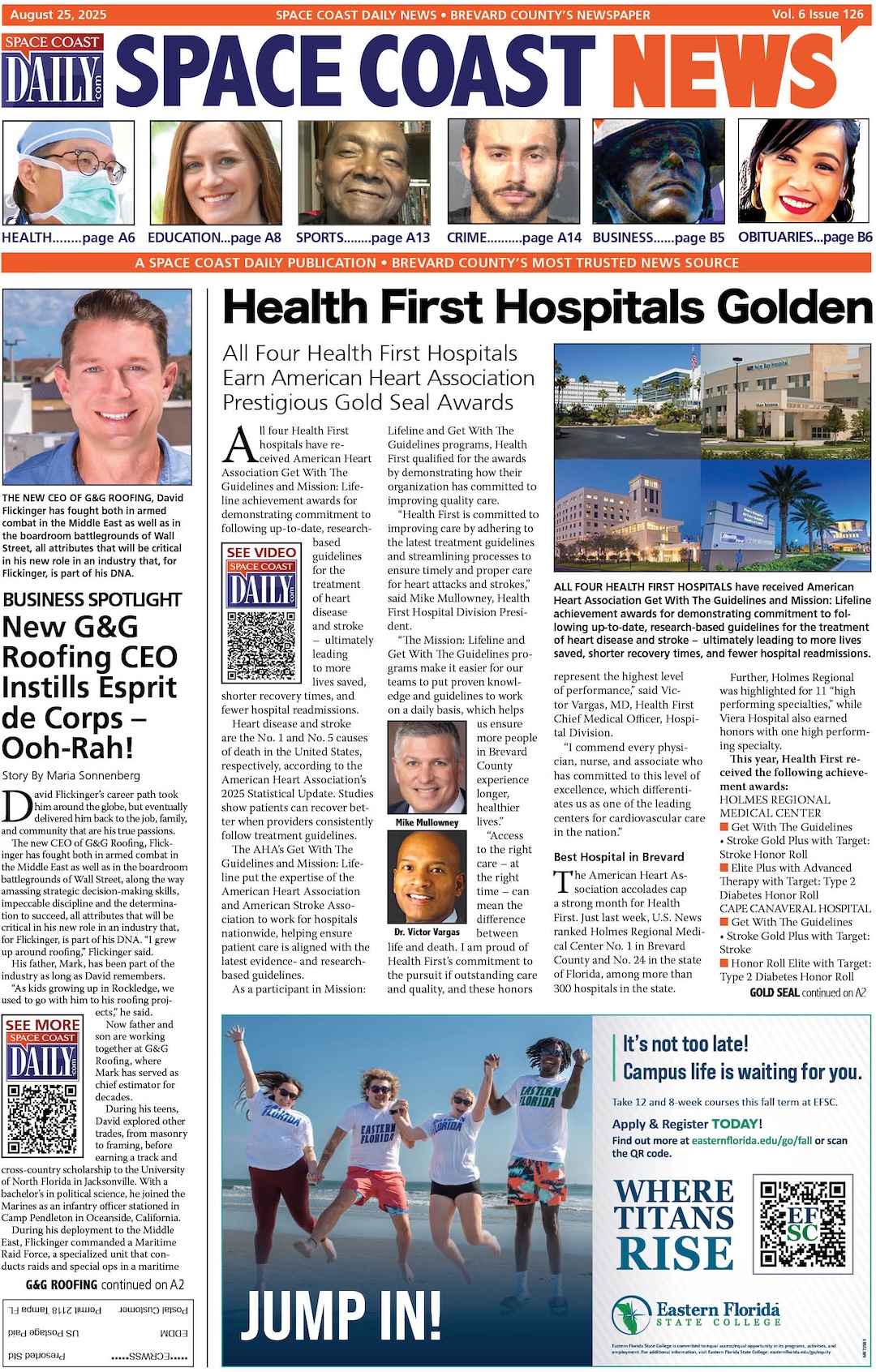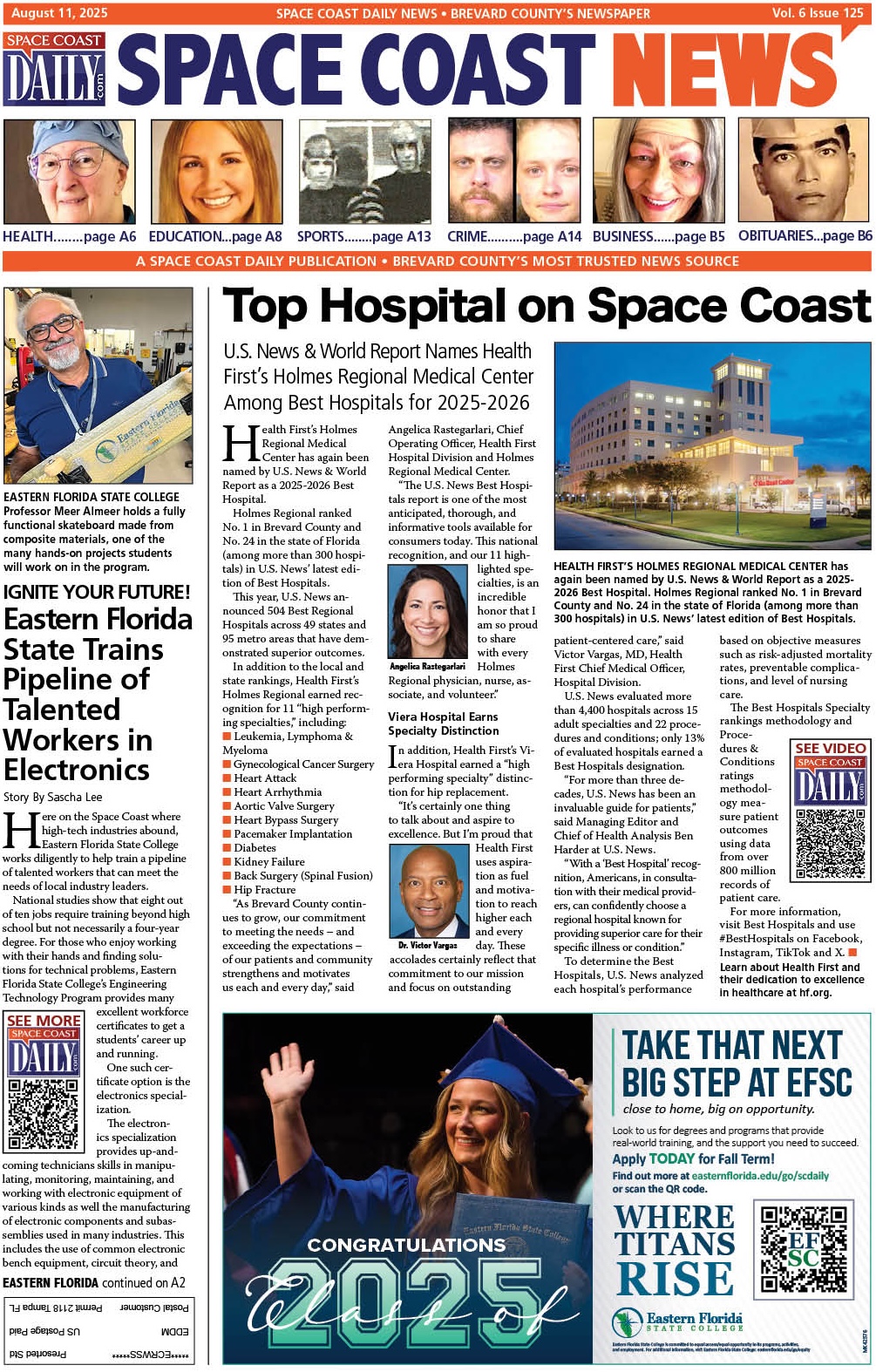How Detroit Attorneys Handle Claims With Disputed Liability
By Space Coast Daily // May 22, 2025

Disputed liability is one of the most challenging aspects of a personal injury case. When a fault is contested, every detail of the incident becomes critical. In Michigan, where comparative fault rules apply, resolving these disputes often determines whether an injured party receives compensation or walks away with nothing.
A Detroit personal injury attorney from Christensen Law approaches these cases with a structured legal strategy. From analyzing the accident scene to gathering expert testimony, attorneys build comprehensive arguments to establish fault or reduce their clients’ share of blame. Disputed liability claims require more than just medical records—they demand meticulous reconstruction of events and a deep understanding of how Michigan law governs negligence.
Disputed Liability Defined: When Responsibility Isn’t Clear
Disputed liability arises when the parties involved in an accident disagree about who caused it or whether both parties share responsibility. Unlike cases where fault is obvious, such as a rear-end collision at a red light, these cases involve conflicting accounts, limited evidence, or complex accident dynamics.
In such situations, a Detroit personal injury attorney from Christensen Law must prove that the defendant owed a duty of care, breached that duty, and caused the injury. At the same time, they must anticipate and counter any claims suggesting their client contributed to the incident.
Early Investigations Lay the Groundwork
A prompt and detailed investigation is essential in disputed liability claims. Attorneys begin by gathering all available evidence before it’s lost or degraded. This includes:
- Police reports and bodycam footage
- Witness statements
- Vehicle damage assessments
- Surveillance or dashcam videos
- Emergency responder logs
Every piece of documentation is scrutinized to piece together a timeline. Physical evidence—such as skid marks or debris fields—may also support a particular version of events. Preserving this material early prevents insurers or defense attorneys from controlling the narrative unchallenged.
Accident Reconstruction: Turning Complex Events Into Courtroom Facts
When the facts of an accident remain unclear or the accounts contradict each other, attorneys often turn to accident reconstruction experts. These professionals use physics, engineering principles, and scene evidence to simulate how the incident occurred.
Reconstruction can clarify:
- Speed and positioning of vehicles
- Visibility at the time of the incident
- Reaction times of involved drivers
- Sequence of collisions or movements
In a courtroom, juries respond well to visual aids and simulations that make sense of confusing circumstances. Attorneys use this technical evidence to reinforce their argument about how the incident unfolded and who is most to blame.
Managing Michigan’s Modified Comparative Fault System
Michigan’s modified comparative fault law allows injured parties to recover damages if they are 50% or less at fault. They lose the right to seek non-economic damages if they exceed that threshold, making blame a high-stakes issue.
Attorneys must prove the defendant’s liability and minimize their client’s share of fault. A reduction from 51% to 49% could mean the difference between a full trial and a dismissed case. Evidence, expert reports, and legal arguments are carefully coordinated to shift or balance liability in the client’s favor.
Cross-Examination and Witness Credibility
In cases where each party tells a different story, credibility becomes a deciding factor. Attorneys test the reliability of opposing witnesses through cross-examination. They look for:
- Inconsistencies in statements
- Lack of familiarity with the accident site
- Contradictions between oral testimony and written records
- Potential biases, such as relationships with the defendant
Simultaneously, lawyers coach their witnesses to testify, stick to known facts, and avoid speculative statements. The ability to present believable, composed witnesses can tip the balance when jurors evaluate who to trust.
Insurance Company Tactics and Legal Countermeasures
Insurance adjusters frequently use liability disputes to reduce or deny claims. They may argue contributory negligence or imply that the plaintiff’s injuries were exaggerated or pre-existing. When insurers raise these defenses, attorneys push back with strong legal and factual counterarguments.
Common tactics include:
- Misrepresenting policy coverage
- Offering low settlements under the pretense of shared fault
- Using delay tactics to pressure the claimant
- Asserting incomplete or one-sided accident reconstructions
Attorneys challenge these moves through negotiation, independent evaluations, and, when necessary, legal action. Their involvement ensures that insurance companies cannot dictate outcomes based on skewed interpretations.
Depositions, Discovery, and Litigation Strategy
If pre-litigation efforts fail to resolve the liability dispute, attorneys escalate to formal litigation. Both sides gather evidence through depositions, interrogatories, and document requests during discovery. Depositions—sworn, recorded testimonies—often reveal inconsistencies or admissions that can be used in court.
Attorneys prepare detailed litigation plans that may include:
- Targeted witness lists
- Expert witness affidavits
- Legal motions to admit or exclude evidence
- Jury trial preparation
These strategies are designed to strengthen the case at trial or improve settlement leverage. As the trial date approaches and evidence mounts, defendants often reconsider their position and engage in more serious settlement talks.
Tailored Legal Strategies for Complex Injury Claims
Not every injury case with disputed liability looks the same. Attorneys must tailor their approach based on the type of incident involved:
- Auto accidents: Determining fault may require proving one party failed to yield, ran a red light, or was distracted.
- Premises liability: Property owners may claim the injured party ignored warning signs or behaved recklessly.
- Pedestrian accidents: Drivers often argue that the pedestrian was not in a designated crosswalk or entered the roadway unsafely.
- Bicycle collisions: Visibility and right-of-way often become focal points in determining liability.
Each scenario requires unique legal techniques and a nuanced reading of the law. Adaptability is key to successfully resolving disputed claims.
Why Experienced Legal Counsel Makes the Difference
Disputed liability cases demand more than surface-level legal knowledge. They require technical evidence, expert testimony, aggressive investigation, and the ability to anticipate counterarguments. Without this level of preparation, injured individuals may find their claims dismissed, undervalued, or delayed indefinitely.
Attorneys trained to dissect every layer of liability, like those at Christensen Law, understand that proving fault isn’t about telling the loudest story; it’s about telling the story with evidence, clarity, and legal precision.












